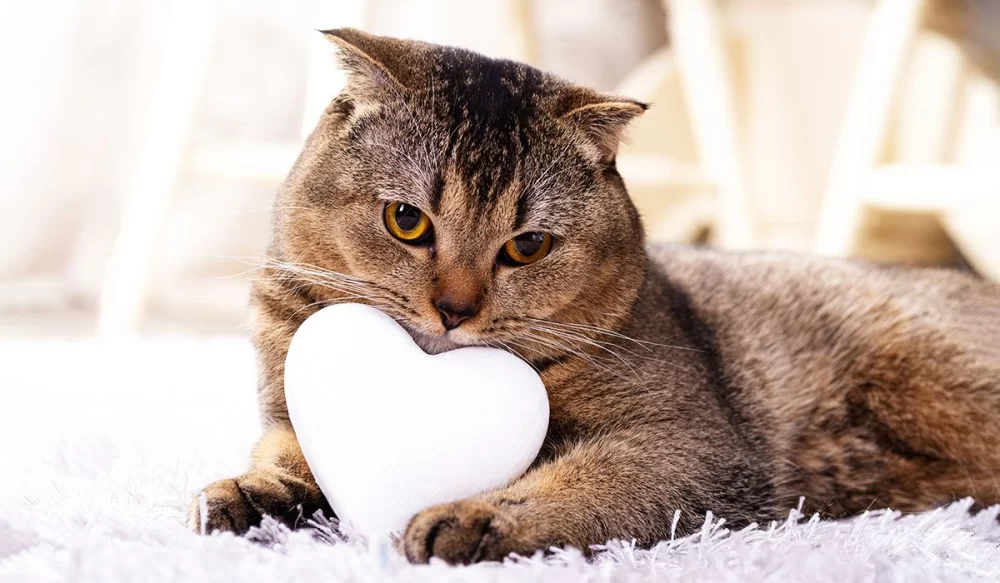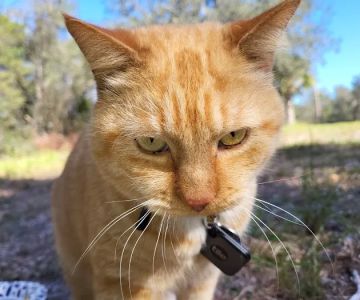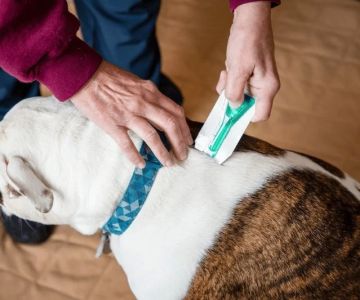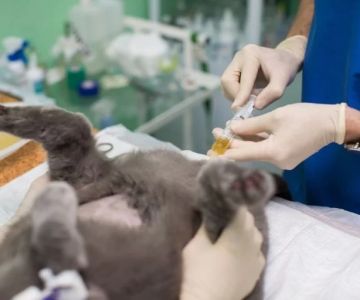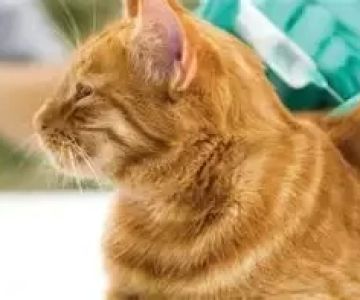- Common Signs of Heart Disease in Cats
- Understanding Feline Heart Disease
- The Importance of Early Detection
- Case Study: Shadow the Cat’s Journey
- Managing Heart Disease in Cats
- Expert Advice from Hidden Brook Veterinary
1. Common Signs of Heart Disease in Cats
Heart disease in cats is a silent threat that often goes unnoticed until it reaches an advanced stage. Recognizing the signs of heart disease in cats early is crucial for timely treatment and improving your feline friend’s quality of life. Unlike dogs, cats may show subtle or vague symptoms, making vigilance essential.
1.1 Changes in Breathing Patterns
One of the earliest indicators is a change in breathing. Cats with heart problems may breathe faster than usual, pant, or display labored breathing even when resting. Owners might notice the cat using its abdominal muscles more heavily during respiration or struggling to catch its breath after minimal exertion.
1.2 Lethargy and Reduced Activity
Heart disease can reduce a cat’s stamina. If your cat suddenly becomes less playful or avoids climbing and jumping, this could be a sign of underlying heart stress. Fatigue without clear cause should prompt a veterinary checkup.
1.3 Coughing and Open-Mouthed Breathing
Although less common in cats compared to dogs, coughing can sometimes be observed, especially if fluid builds up around the lungs. Open-mouthed breathing is also an alarming sign that should never be ignored.
1.4 Loss of Appetite and Weight
Discomfort and fatigue from heart disease may cause cats to lose interest in food, leading to weight loss. This symptom often appears alongside others and should trigger further investigation.
2. Understanding Feline Heart Disease
Feline heart disease primarily involves structural or functional problems with the heart, commonly cardiomyopathy—a disease affecting the heart muscle. The most prevalent form, hypertrophic cardiomyopathy (HCM), causes the heart walls to thicken, making it harder for the heart to pump blood effectively.
2.1 Causes and Risk Factors
Genetics play a significant role in many cases, particularly in certain breeds such as Maine Coons and Ragdolls. Other contributing factors include age, obesity, high blood pressure, and underlying infections or diseases.
2.2 Progression and Complications
Without intervention, heart disease can lead to congestive heart failure, where fluid accumulates in the lungs or abdomen, causing severe breathing difficulties and discomfort. Thromboembolism, a condition where blood clots block blood flow to limbs, is another dangerous complication.
3. The Importance of Early Detection
Early identification of heart disease symptoms can drastically change the outcome for cats. Regular veterinary exams including auscultation (listening to heart sounds), X-rays, and echocardiograms are vital for early diagnosis. Owners should be proactive in observing any unusual behavior or physical changes.
3.1 Why Cats Mask Symptoms
Cats naturally hide signs of illness as a survival instinct, making detection challenging. Pet owners need to monitor subtle shifts in behavior, appetite, and breathing carefully. Documenting these changes and sharing them with your veterinarian can aid diagnosis.
4. Case Study: Shadow the Cat’s Journey
Shadow, a seven-year-old domestic shorthair, was brought to Hidden Brook Veterinary after his owner noticed his reduced activity and occasional coughing. The veterinary team conducted a thorough examination and identified early-stage hypertrophic cardiomyopathy.
4.1 Diagnosis and Treatment
Shadow received medications to manage his heart condition and dietary recommendations to support his health. With careful monitoring and medication adjustments, Shadow’s quality of life improved significantly, illustrating the impact of early detection and professional care.
4.2 Owner’s Perspective
Shadow’s owner shares, “At first, we thought Shadow was just getting older, but thanks to the team at Hidden Brook Veterinary, we caught the problem early and learned how to support him better. It’s been a relief to see him active and happy again.”
5. Managing Heart Disease in Cats
Managing feline heart disease involves a combination of medication, lifestyle adjustments, and regular veterinary checkups. Treatments often include drugs to improve heart function, reduce fluid buildup, and manage blood pressure.
5.1 Nutrition and Exercise
Maintaining an appropriate weight and balanced diet tailored for heart health can reduce stress on the heart. While exercise is important, it should be moderate and carefully monitored to avoid overexertion.
5.2 Monitoring and Follow-up
Consistent veterinary follow-up is essential to track the disease’s progression and adjust treatments accordingly. Cat owners should also watch for new or worsening symptoms and report them immediately.
6. Expert Advice from Hidden Brook Veterinary
For pet owners concerned about the signs of heart disease in cats, consulting with professionals at Hidden Brook Veterinary can provide tailored guidance and support. Their team offers comprehensive diagnostic services and individualized treatment plans designed to optimize your cat’s heart health.
Whether you need specialized medication, nutritional advice, or ongoing care, Hidden Brook Veterinary is equipped to help your feline companion live a healthier, more comfortable life. Early intervention and expert care truly make a difference in managing heart conditions in cats.

